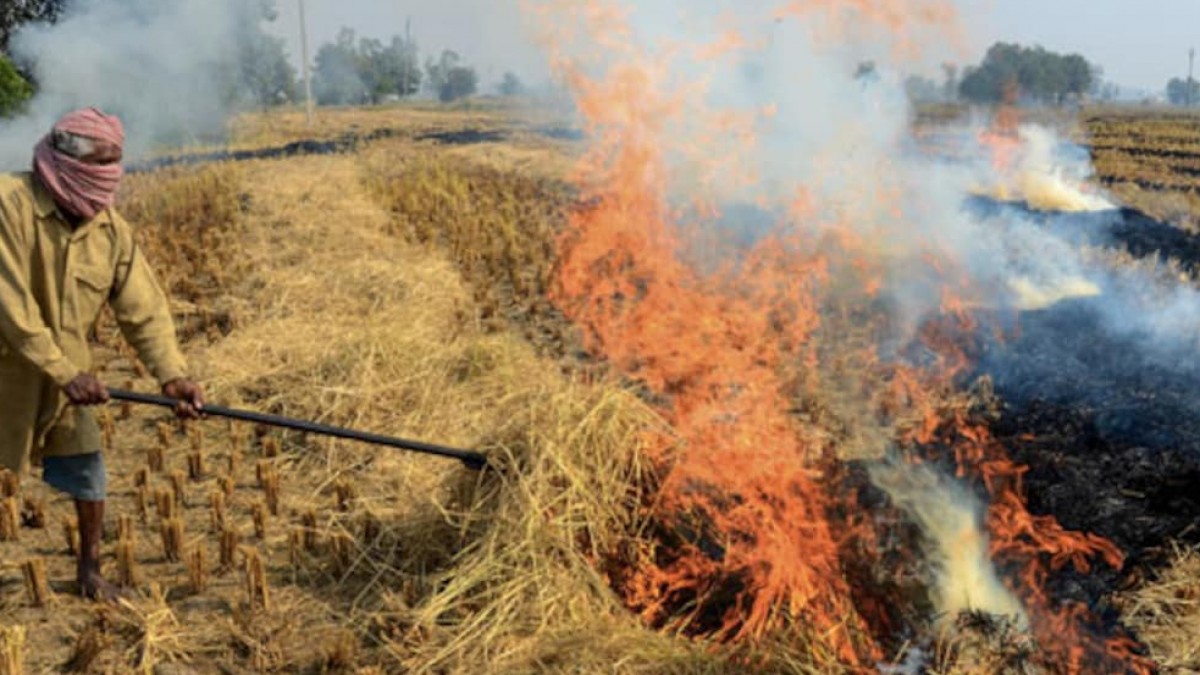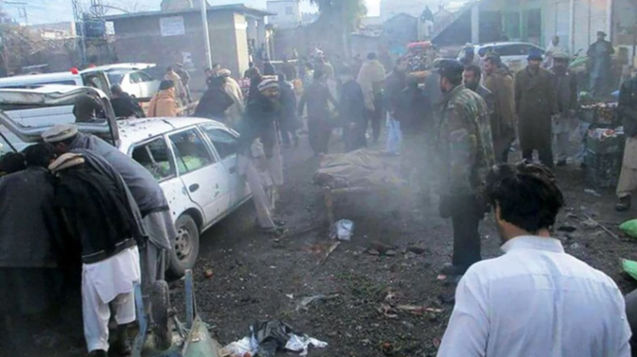Stubble burning is not only an issue in Punjab and Haryana; it’s a concern for all farmers harvesting paddy in their fields. Burning remains the cheapest method to clear the paddy field from stubble, necessary to prepare for the next harvest. We are acutely aware of the challenging conditions faced by farmers in our country. Every year, we encounter numerous reports highlighting how farmers, burdened by poor financial standards, resort to tragic measures such as suicide. India’s agricultural sector, which employs over 260 million individuals, is facing a severe crisis. Recent statistics indicate that nearly 30 farmers commit suicide each day, largely driven by insurmountable debts. Government data from 2020 reveals that over 10,000 people working in agriculture took their own lives.
Despite the presence of laws and regulations, the government has consistently failed to effectively address the issue of stubble burning, which occurs like clockwork every year, resembling a recurring season of problems that come and go. This persistent problem has severe consequences for farmers and the environment.
In many instances, farmers find themselves in dire financial straits, compelled to take loans for their agricultural activities. Over time, this debt burden can become intergenerational, with succeeding family members inheriting the financial stress. When these loans accumulate, along with high-interest rates, they can become insurmountable, leading some desperate family members to consider taking their own lives as a way out of the financial crisis. It is a heart-wrenching choice, but one that can appear less daunting than attempting to clear the debt.
The issue of wheat stubble burning has emerged relatively recently, and it is closely tied to the adoption of mechanized harvesting methods that involve combine harvesters. Over the past four to five years, farmers in Uttar Pradesh’s Ghazipur district, particularly in the Zamania and Chandauli areas, have resorted to large-scale wheat stubble burning as a means of disposal. This practice has severe environmental implications and contributes to air pollution. Despite the seriousness of the situation, government officials seem to be turning a blind eye to this critical issue.
Tragic incidents, such as the death of Ramnagina Kushwaha, a farmer from Zamania, Ghazipur, who lost his life while setting fire to wheat stubble in his field, underscore the dire consequences of this practice. Even though there is a National Policy for the Management of Crop Residues in place, the state government has failed to effectively implement measures to protect crop residues. Additionally, the National Green Tribunal (NGT) imposed a ban on crop residue burning in the states of Rajasthan, Uttar Pradesh, Haryana, and Punjab as early as December 10, 2015. However, the government’s enforcement of these laws appears to be lacking in both strength and commitment, leaving farmers in dire straits and the environment at risk.
The issue of stubble burning remains a persistent and pressing concern that demands immediate attention and effective solutions from government authorities to break the cycle of devastation that occurs year after year. In India, an annual production of over 500 million tonnes of crop residues, primarily from cereal crops like rice and wheat, underscores a critical issue. Approximately 70 percent of the country’s total crop residue comes from these sources, with 34 percent from rice and 22 percent from wheat crops. Alarmingly, a substantial portion of this residue, particularly from rice and wheat, is routinely burned on farms, leading to severe air pollution and environmental degradation. For instance, Punjab alone generates an estimated 20 million tonnes of rice stubble annually, with roughly 80 percent of it being burned.
It’s evident that farmers continue to engage in stubble burning not out of ignorance but due to the financial constraints they face in acquiring the necessary machinery for crop residue management like Happy Seeder, Rotavator, Paddy Straw Chopper, etc. Despite government subsidies, many farmers struggle to gather the funds required because of their impoverished financial situations. To address this issue effectively, there are alternative approaches that can be considered.
One potential solution is for the government to leverage existing data that highlights Punjab as the state with the highest crop residue burning rates. The government can compile a list of farmers involved in rice and wheat cultivation in the region. The Agriculture Department can then directly monitor these farmers and provide them with agriculture machinery for crop residue management.
This could be done without imposing any additional charges on the farmers. While initially, the government may incur some economic costs in providing these machines for free, there are ways to manage this loss, such as purchasing the stubble from the farmers and then selling it to the industry for conversion into fuel or manure, which can then be sold into the market. Another instance, during election campaigns, political parties often promise to alleviate the debt burden on farmers. Instead of only offering debt relief, they could provide machinery and tools that farmers can use for harvesting. This would not only help farmers achieve better crop quality but also contribute to their profitability.
By taking such proactive steps, the government can address the root cause of stubble burning, which is the lack of affordable alternatives for farmers. This approach can lead to a win-win situation, benefiting both the environment and the livelihoods of farmers while mitigating the harmful effects of stubble burning on human and animal health. It demonstrates that with strategic planning and resource allocation, it is possible to find sustainable solutions to pressing agricultural and environmental challenges. One has to understand the root cause of why farmers are using the stubble burning method to clear fields; only then can we solve the issues.
For a person who is unable to pay the debt to the bank or money lenders, it will be impossible to pay fines to the government as a pecuniary punishment for violating the law. If a farmer is arrested and put in prison, the public will go hungry due to a shortage of food. Farmers cannot be stopped from farming, but we must find other ways to address these issues.
The only way to solve this serious stubble burning issue is to provide alternative, scientifically cost-effective, and environmentally friendly methods to farmers. This will enable them to use such methods instead of continuing the practice of stubble burning. Additionally, more agricultural research is needed to address this issue effectively.
Dr.Pyali Chatterjee, HOD, Faculty of Law, ICFAI University, Raipur Chhattisgarh.







